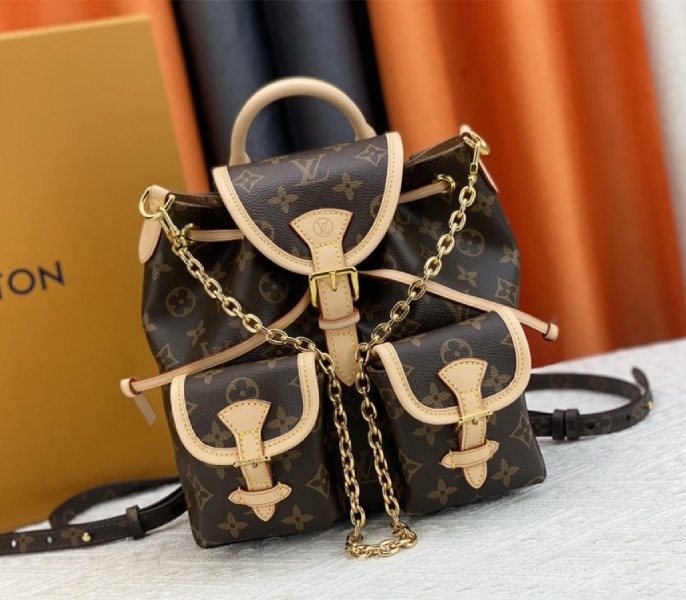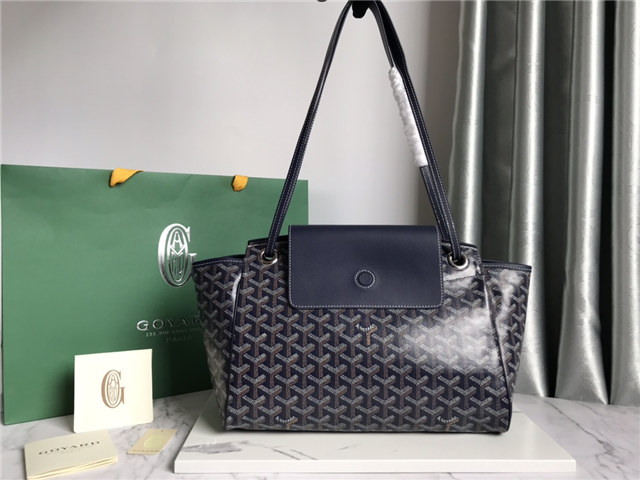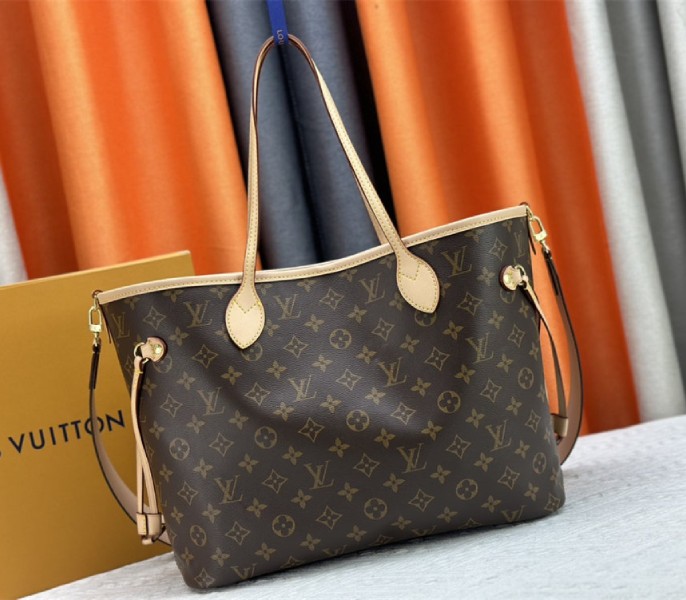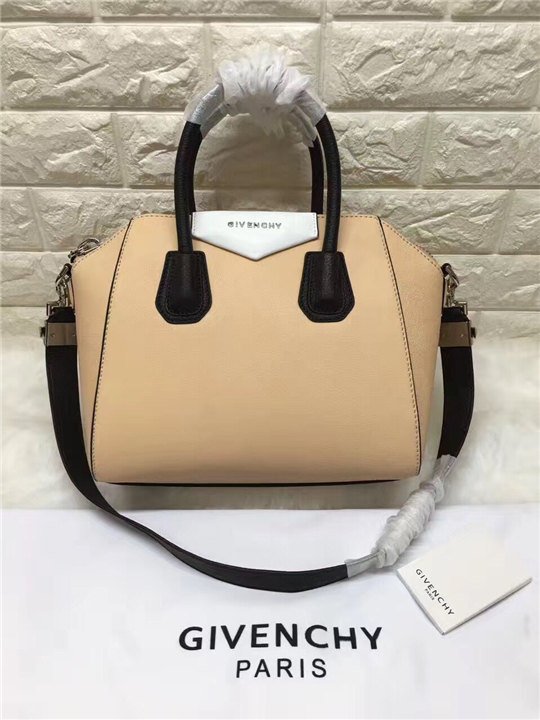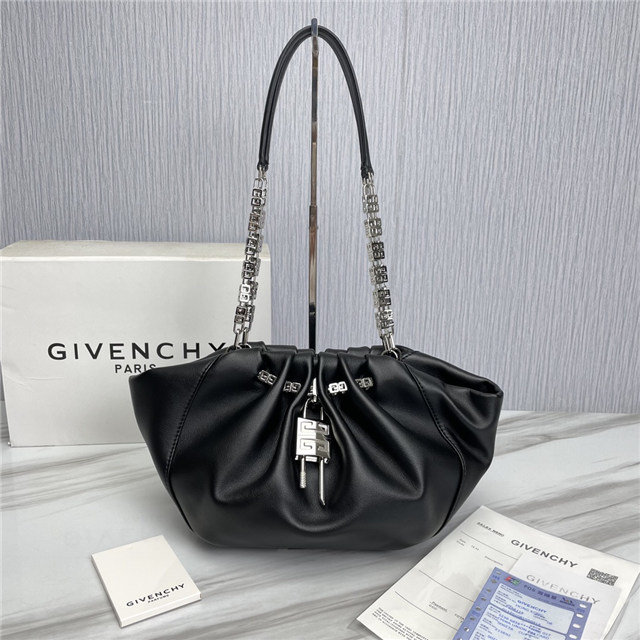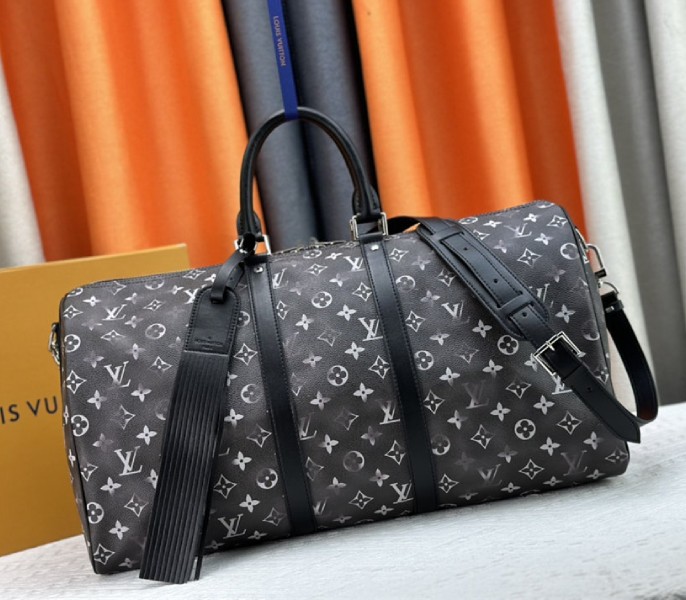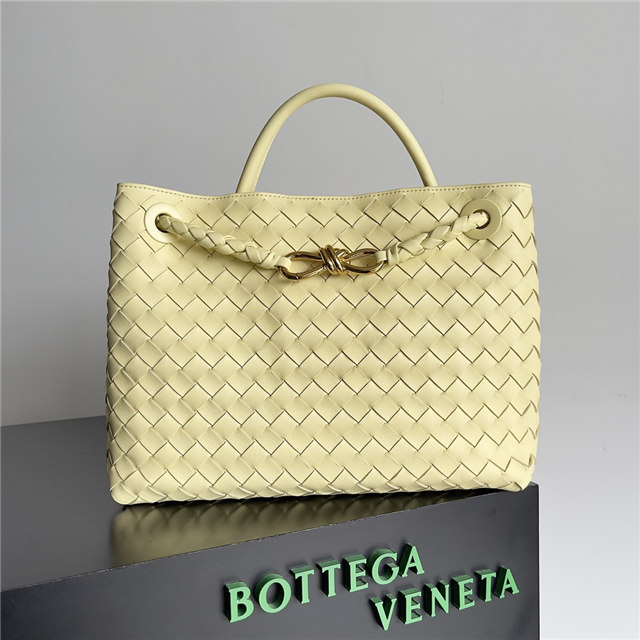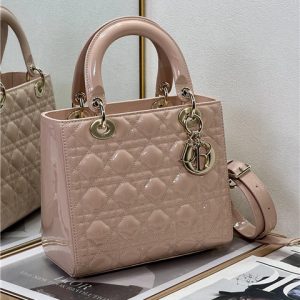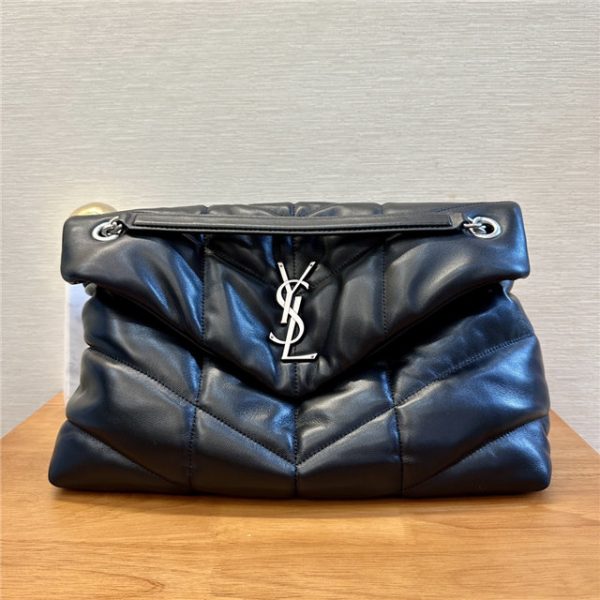First off, what *is* “overrun stock?” Basically, it’s when a factory makes *more* clothes than a brand (like Givenchy, in this case) actually ordered. Maybe they over-estimated demand, maybe there was a production snafu, whatever. The point is, there’s extra stuff lying around. And those extra clothes, often without tags (because they weren’t technically “approved” for retail), can end up being sold off at *way* lower prices.
Now, where do you *find* this stuff? Well, the internet’s your best bet. Sites like Alibaba.com are mentioned, suggesting you can score wholesale deals. But be warned! It’s the Wild West out there. You *need* to do your research. There’s also Vestiaire Collective, which is more secondhand designer stuff, so it’s not necessarily “overrun,” but you might find some killer Givenchy pieces there too.
Bangladesh seems to be a hot spot for this kind of thing, with companies like Stareon Group being mentioned as large stock lot suppliers. Apparently, they get these garments directly from factories. I mean, logically, it makes sense. A lot of luxury brands, Givenchy included, have their stuff made in places like Bangladesh.
Here’s where things get a little…muddy. You gotta be super careful about fakes. Like, seriously, *super* careful. Just because something says “Givenchy” doesn’t mean it *is* Givenchy. And even if it’s *real* overrun stock, it might have slight imperfections. That’s why it’s being sold cheap, duh.
I saw a comment about Bangla RTW (Ready-to-Wear) shops selling brand new clothes, but without tags. That’s a big clue! And the tip to search for “stock lots” is also smart.
Honestly, the whole idea of overrun Givenchy is intriguing. Imagine snagging a gorgeous Givenchy dress, even if it’s a little…imperfect…for a fraction of the price. It’s tempting, right? But you *have* to be a smart shopper. Do your homework, check the quality, and if something seems too good to be true, it probably is.

